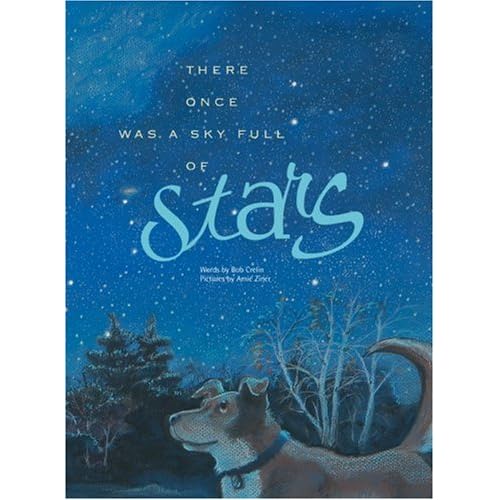
(Hannigan, Katherine. Ida B: --and her plans to maximize fun, avoid disaster, and (possibly) save the world. China: Greenwillow Books, 2004. Print.)
Summary: Ida B is the only child of Ida and Evan Applewood. She is homeschooled and feels most at home exploring the woods around her house, nature and her apple trees, not in a classroom with other students and no control or knowledge of her plans for the day. When her mother becomes sick with cancer, her father has to sell part of the land she treasures so much and her mother no longer has the energy to teach Ida B. She is sent to school, where in Ms. Washington
Reading Level: Ages 9-12
Key words/phrases:
1. Cancer
2. Nature
3. Homeschool
4. Family
5. Friendship

Suggested Delivery: Individual, but other students are reading the book at the same time.
Electronic Resources:
1. "Resources for Educators, Kids, and Just About Anybody” is a page by the author which provides additional resources such as websites, books, and movies which supplement the book Ida B.
2. “What You Can Do” provides over twenty tips that the reader can live out in relation to the environment and sustainability that relate to the book Ida B.
2. “What You Can Do” provides over twenty tips that the reader can live out in relation to the environment and sustainability that relate to the book Ida B.
Teaching Suggestions:
Key Vocabulary: Nugget, muster, will, mildly, propulsion, ambush
Reading strategies to increase comprehension:
Before: Students will read the book jacket, read the back of the book as well as the inside flap and pose open ended questions about the book that they think will be answered when reading the book.
During: Students select a passage that they find challenging, interesting, or confusing while they read reading and write an response to the passage, including questions and opinions. They then share their response to the text with a partner after the partner has read up to that point. The partner will then write a response offering further insights or questions that they too have.
After: After students have complete the entire book, they will answer the open ended questions that were posed before reading, connecting the text to prior knowledge, sharing feelings and justifying opinions. If there are still questions left over from the during reading activity dialogue, the students can share the passage they analyzed, their opinions and questions, and have the rest of the group add their own insight.
 |
| Katherine Hannigan |
Writing activity demonstrating inferential comprehension:
Student will create a wordle. They will first create a paragraph defining the characters, plot, setting, conflict, resolution, and theme. They will type this paragraph then copy and paste it into http://www.wordle.net/create and then create their wordle. The students will analyze their Wordle and see if the most important concepts are the biggest concepts that they want to present in the wordle. If they are not then they can add the words they feel are most important more often to have the world represent their understanding of the book.


















